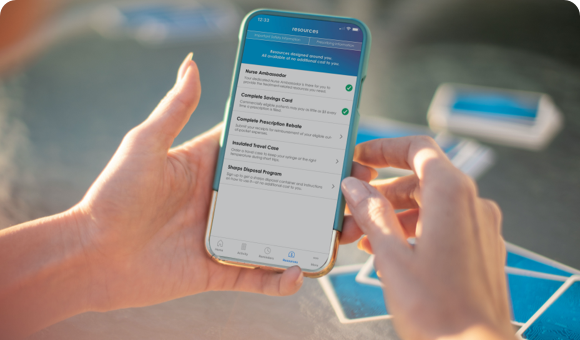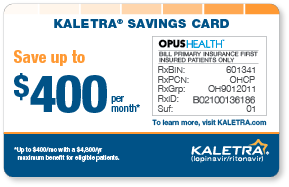

In fact, a 2018 MEDPAC report notes that “specialty-tier drugs now account for over 20 percent of overall gross drug spending in Part D, up from about 6 percent to 7 percent before 2010.” Over time, as more and more patients rely on high cost specialty drugs to manage chronic conditions, the 25 percent coinsurance they pay out-of-pocket through Medicare Part D has become increasingly unmanageable. When Congress passed the Medicare Modernization Act in 2003 and the Part D program launched in 2006, many expensive, specialty drugs were not on the market yet. “It seemed like Medicare Part D was designed for people with low drug costs, because my Medicare Part D plan would have been blown apart by my biologic prescription,” he says. However, when he turned 65 and enrolled in a Medicare Part D prescription drug plan, he learned that his biologic would now cost him thousands of dollars.

"The bill for my biologic would show thousands of dollars for each dose, but my insurance covered most of the cost and copay assistance from the manufacturer covered the rest.” Wayne expected his costs in Medicare to be similar because the program is designed for seniors who live on fixed incomes. “Back then, I had a great insurance plan through my employer," says Wayne.

To manage his psoriatic disease, Wayne began taking a biologic. Wayne has lived with plaque psoriasis for many years and more recently was diagnosed with psoriatic arthritis after experiencing foot and hand pain that prompted him to see a rheumatologist. This is because, unlike many forms of health insurance, Medicare Part D does not have an annual out-of-pocket maximum, leaving patients on the hook for thousands of dollars a year. Medicare Part D plans and biologics do not mix well!” Like many others with psoriatic disease, Wayne learned firsthand how out-of-pocket costs can skyrocket when switching to Medicare from a commercial insurance plan. “The act of retiring made my biologic unaffordable and my costs unpredictable. That was the case for Wayne Hauber of Iowa. But for those taking expensive treatments through Medicare Part D, affordable is not always an option. When choosing a plan, most people want to ensure their treatments are covered and affordable. Every October, millions of Americans begin shopping for a Medicare Part D plan to cover their prescription drug costs.


 0 kommentar(er)
0 kommentar(er)
